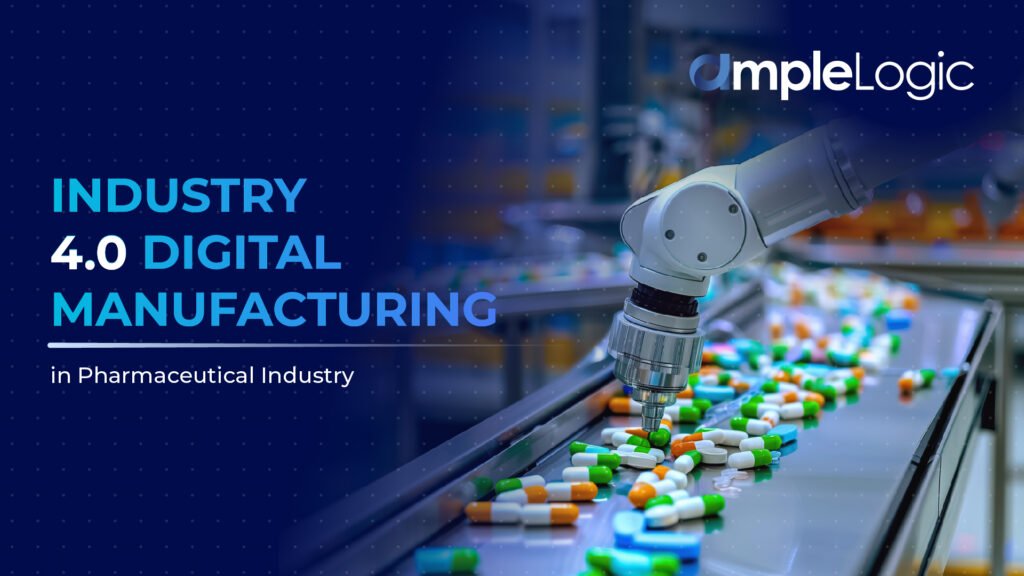
In the intricate and ever-evolving landscape of modern industry, where the quest for operational excellence is both a strategic imperative and a cornerstone of sustained success, organizations face a myriad of challenges. From maintaining stringent quality standards to navigating complex regulatory frameworks, the journey towards excellence is fraught with obstacles. Amidst this backdrop, the Annual Product Quality Review (APQR) analysis emerges as a powerful tool, offering organizations a systematic approach to evaluate product quality, identify areas for improvement, and ensure compliance with regulatory requirements.
Understanding Annual Product Quality Review Analysis
Annual Product Quality Review analysis stands as a robust and structured evaluation conducted on an annual basis, meticulously scrutinizing the quality trajectory of a product from inception to maturity. It spans a wide array of tasks, embracing everything from meticulous data gathering and trend scrutinization to rigorous risk evaluation and compliance assessment. At its core, APQR analysis is designed to furnish organizations with actionable intelligence regarding their manufacturing workflows. This intelligence serves as a compass, guiding them towards operational optimization, product quality enhancement, and risk mitigation strategies, thus fostering resilience and agility in the face of dynamic market landscapes.
Components of APQR Analysis
APQR analysis, standing for Annual Product Quality Review, comprises several integral components essential for its comprehensive assessment of product quality, process efficiency, and regulatory compliance. These components collectively contribute to the systematic evaluation of a product’s lifecycle, facilitating informed decision-making and continuous improvement initiatives within organizations. Let’s delve into each component:
Data Collection: The foundation of the analysis relies on meticulous data gathering from various sources, such as production records, quality control tests, customer feedback, and adverse event reports. Comprehensive data collection ensures a robust dataset for accurate insights into product quality and manufacturing processes.
Trend Analysis: Compiled data undergoes rigorous trend analysis to identify historical trends, patterns, and variations over time. This analysis enables organizations to pinpoint areas of strength and improvement, facilitating proactive decision-making and optimization efforts.
Risk Assessment: Includes evaluation of various factors like process parameters, supply chain vulnerabilities, and regulatory requirements to identify and mitigate potential risks to product quality and patient safety. This helps prioritize resources and implement preventive measures.
Compliance Evaluation: Thorough evaluation of compliance with regulations, including GMP and ICH guidelines, ensures adherence to standards and minimizes the risk of non-compliance and regulatory sanctions.
Continuous Improvement: Emphasizes continuous improvement by proactively seeking enhancement opportunities. Implementing corrective actions based on analysis findings drives ongoing improvements in product quality and process efficiency.
Root Cause Analysis: Conducting root cause analysis identifies underlying factors contributing to observed issues, enabling effective corrective and preventive actions for sustained improvements.
Performance Metrics and KPIs: Establishment and monitoring of key performance metrics track progress towards quality and operational objectives, facilitating data-driven decisions for continuous improvement initiatives.
Stakeholder Engagement and Collaboration: Active engagement and collaboration across departments leverage diverse expertise for comprehensive analysis, identifying improvement opportunities and implementing effective solutions.
Documentation and Reporting: Comprehensive documentation and clear reporting ensure transparency, accountability, and regulatory compliance, enabling stakeholders to understand findings and track progress.
Audit and Review Process: Regular audit and review processes validate analysis methodology and findings, ensuring integrity, compliance, and opportunities for further refinement.
Benefits of APQR Analysis
Enhanced Product Quality: Enables organizations to identify and address issues related to product quality, resulting in improved consistency and reliability. By implementing corrective actions based on the findings of APQR analysis, organizations can enhance their product quality and customer satisfaction.
Risk Mitigation: Through proactive risk assessment and management, APQR analysis helps organizations identify and mitigate potential risks to product quality and patient safety. By addressing these risks early on, organizations can minimize the likelihood of quality-related issues and avoid costly recalls or regulatory sanctions.
Operational Efficiency: Helps organizations optimize their manufacturing processes, resulting in increased efficiency and productivity. By identifying areas for improvement and implementing corrective actions, organizations can streamline their operations, reduce waste, and improve overall efficiency.
Regulatory Compliance: Compliance with regulatory requirements is a critical consideration for organizations in regulated industries. APQR analysis helps organizations ensure that their manufacturing processes comply with relevant regulatory standards, reducing the risk of non-compliance and regulatory sanctions.
Continuous Improvement Culture: Perhaps the most significant benefit of the analysis is its role in fostering a culture of continuous improvement within organizations. By encouraging regular assessment and enhancement of manufacturing processes, Annual Product Quality Review analysis helps organizations drive ongoing improvements in efficiency, productivity, and product quality.
Data-Driven Decision Making: Annual Product Quality Review analysis provides organizations with valuable data-driven insights into their manufacturing processes and product quality. By analyzing comprehensive datasets, organizations can make informed decisions regarding process optimization, quality improvements, and resource allocation, leading to more effective and strategic decision-making.
Early Detection of Issues: Through regular and systematic review, APQR analysis facilitates the early detection of potential issues or deviations in product quality or manufacturing processes. This proactive approach allows organizations to address issues promptly, minimizing the impact on product quality, customer satisfaction, and operational efficiency.
Improved Supply Chain Management: Extends beyond the internal manufacturing processes to encompass the entire supply chain. By evaluating suppliers, raw materials, and distribution channels, organizations can identify potential risks and opportunities for improvement, leading to a more resilient and efficient supply chain.
Facilitation of Audits and Inspections: Comprehensive documentation and reporting generated through the analysis serve as valuable resources during audits and regulatory inspections. By demonstrating a robust quality review process and adherence to regulatory requirements, organizations can enhance credibility, trust, and confidence among regulatory authorities, customers, and stakeholders.
Alignment with Industry Best Practices: Allows organizations to benchmark their performance against industry best practices and standards. By comparing their processes and outcomes with industry benchmarks, organizations can identify areas for improvement and implement strategies to achieve best-in-class performance, positioning themselves as leaders in their respective industries.
Competitive Advantage: Organizations that implement APQR analysis effectively gain a competitive advantage in the marketplace. By continuously improving product quality, operational efficiency, and regulatory compliance, organizations can differentiate themselves from competitors, attract more customers, and strengthen their position in the market.
Enhanced Customer Confidence: Consistent high-quality products instil confidence and trust among customers. By demonstrating a commitment to quality, safety, and compliance, organizations can build strong relationships with customers, leading to increased loyalty, repeat business, and positive brand reputation.
Conclusion
Annual Product Quality Review analysis plays a crucial role in helping organizations achieve operational excellence in today’s competitive business environment. By providing a systematic framework for evaluating product quality, identifying areas for improvement, and ensuring compliance with regulatory requirements, APQR analysis enables organizations to optimize their manufacturing processes, enhance product quality, and drive continuous improvement. As organizations continue to navigate the complexities of modern industry, Annual Product Quality Review analysis remains a vital tool for achieving operational excellence and sustaining long-term success.



























